Daisy Muyldermans
React and the power of visualisation
#1about 3 minutes
Understanding the core concepts of React
React is a JavaScript framework that uses components, JSX, props, state, and a virtual DOM to build complex user interfaces efficiently.
#2about 2 minutes
How Facebook's UI challenges led to React's creation
React was created at Facebook to solve complex UI synchronization issues that older methods like event buses and DOM monitoring could not handle effectively.
#3about 1 minute
Why developers and businesses choose to use React
React simplifies development by automating UI updates with the virtual DOM, leading to faster applications and a better user experience.
#4about 2 minutes
Understanding the New Relic One observability platform
New Relic One is an observability platform that combines a telemetry data platform, full-stack observability, and applied intelligence to help understand complex systems.
#5about 2 minutes
Using React to build custom apps on New Relic
The New Relic One platform allows developers to build custom React applications, called Nerdlets, for tailored data visualizations and dashboards.
#6about 5 minutes
Setting up your New Relic development environment
To start building a New Relic application, you need a free account, an API key, the New Relic One CLI, and a generated application package.
#7about 9 minutes
Implementing the UI with React Map GL and Grid
The application's user interface is built by installing and configuring the React Map GL component for the map and using New Relic's Grid component for layout.
#8about 5 minutes
Fetching and displaying data with NRQL queries
Data is fetched from the New Relic platform using NRQL (New Relic Query Language) and integrated into the React application to populate the table and map.
#9about 3 minutes
Adding custom data-driven markers to the map
Custom markers are created as a separate React component and then rendered on the map, with their positions corresponding to the latitude and longitude from the fetched data.
#10about 2 minutes
Exploring an advanced example: The Cloud Optimizer app
The Cloud Optimizer is an example of a complex New Relic One application that analyzes cloud instance utilization to identify potential cost savings.
#11about 4 minutes
Resources for building your own New Relic apps
Get started with building your own applications using the developer documentation, GitHub examples, the community support forum, and a free New Relic account.
Related jobs
Jobs that call for the skills explored in this talk.
Featured Partners
Related Videos
 39:42
39:42Hands-on React Native: From Zero to Hero
Dmitry Vinnik
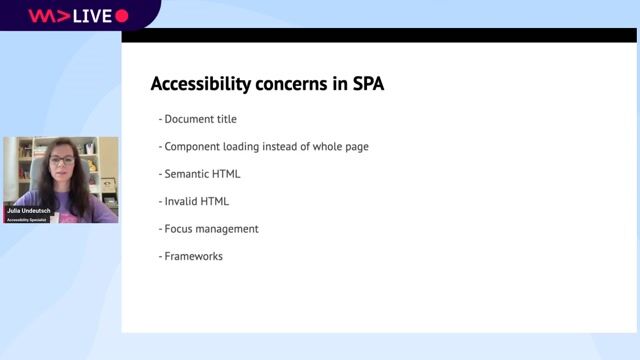 30:07
30:07Accessibility in React Application
Julia Undeutsch
 40:05
40:05Typescript, React and Atomic Design - a match made in heaven
Nathalia Rus
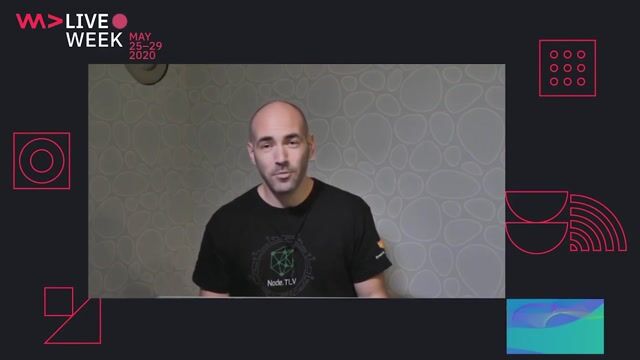 28:10
28:10State management in a world of hooks
Adam Klein
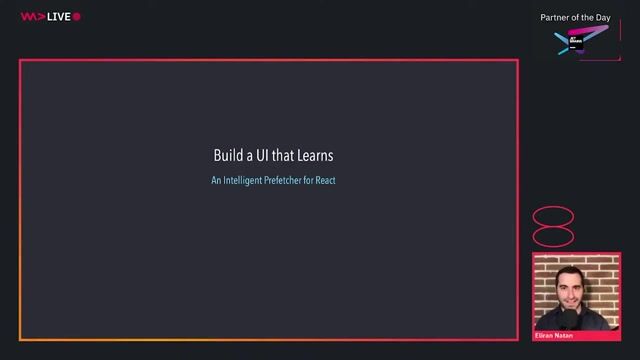 21:35
21:35Build UIs that learn - Discover the powerful combination of UI and AI
Eliran Natan
 24:10
24:10Challenges of building React and React Native apps
Milica Aleksic & Stefan Nikolic
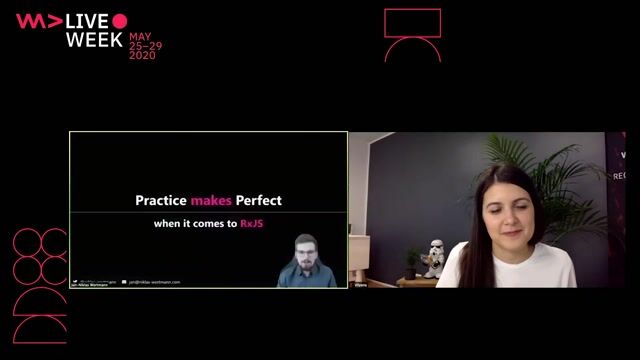 33:25
33:25Practice makes perfect - when it comes to RxJS
Jan-Niklas Wortmann
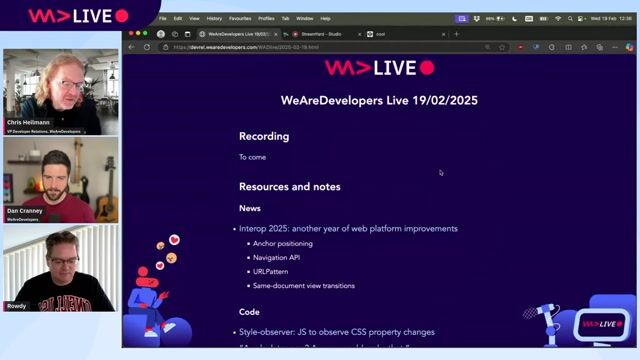 1:13:35
1:13:35New Browser APIs, End of React Create App, Smuggling Data in Emoji and more with Rowdy Rabouw
Chris Heilmann & Daniel Cranney & Rowdy Rabouw
From learning to earning
Jobs that call for the skills explored in this talk.
Front-End Engineer (React)
Reactdaniel James Resourcing Ltd
Manchester, United Kingdom
€65-75K
Senior
.NET
REST
Azure
React
+5


